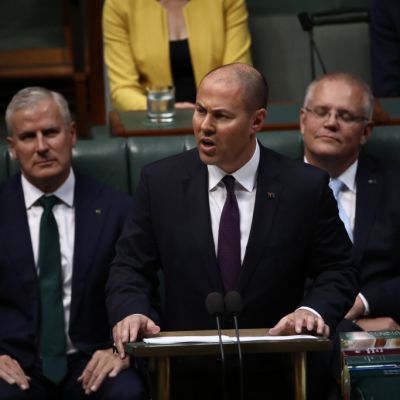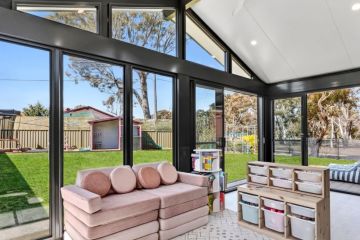Federal budget 2019: Little for housing affordability amid property slowdown
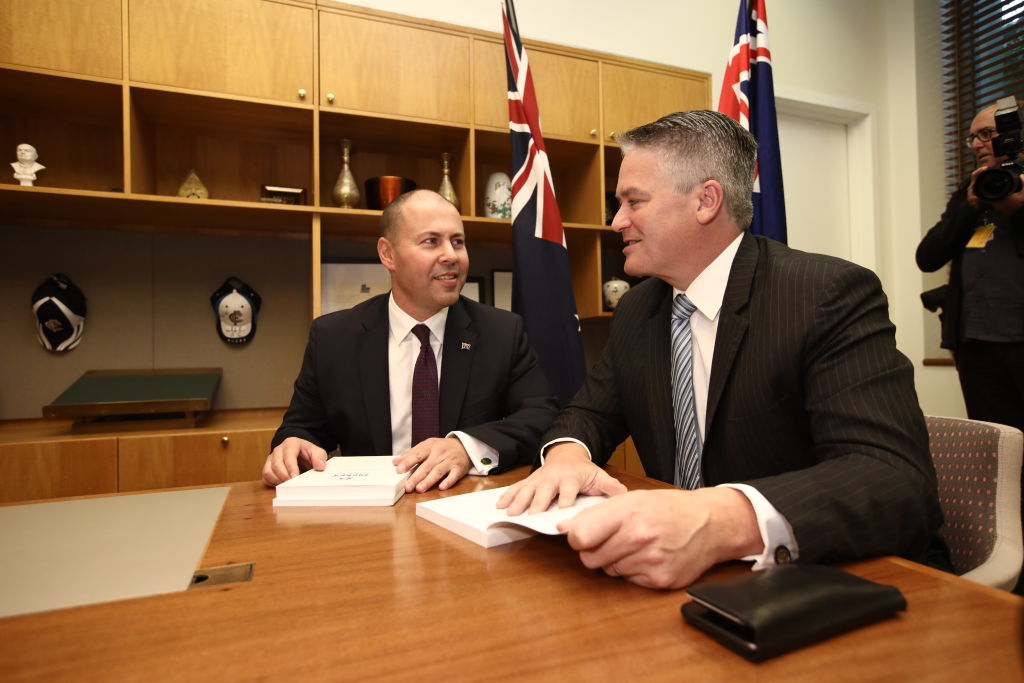
Remember the housing affordability budget?
In only two years, Australia’s housing market has gone from a boom that required urgent intervention to help prospective buyers – to a slowdown that poses risks for the economic outlook.
This year’s federal budget contains little to help those who still can’t get onto the property ladder as house prices stay high, even if not quite as high as in recent years.
Forget the announcements of 2017, such as a way for first-home hopefuls to save through their super account and stopping developers from selling more than half of a new apartment block to offshore buyers.
Instead, the budget papers paint a picture of a downturn that could get worse and play on voters’ minds ahead of the looming election.
“Uncertainty about the outlook for the housing market, in particular the extent to which housing prices fall, poses a downside risk to the forecasts for both dwelling investment and consumption,” the budget papers read.
That is, prospective buyers who are worried prices will go down further might hold off on their purchases.
And even consumers who aren’t thinking about buying property might feel nervous enough to cut back on other spending – which would have flow-on effects for anyone from retailers to owners of restaurants or salons.
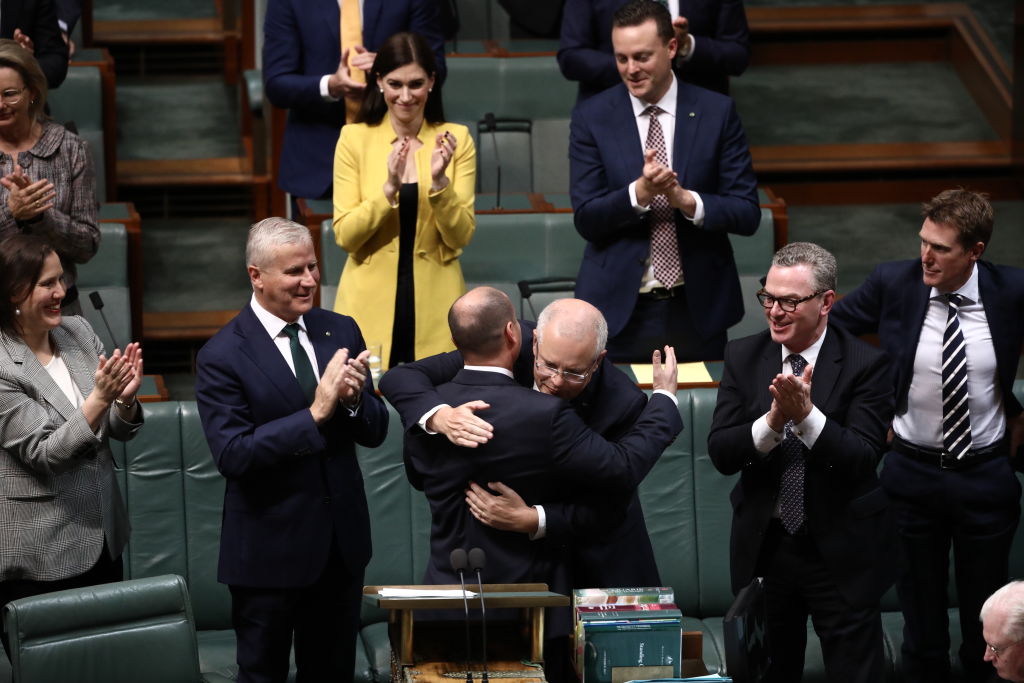
Housing prices that are immediately 10 per cent lower than they would otherwise be due to a reduction in demand could result in real GDP being about half a per cent lower after two years, the budget papers estimate, while noting this is difficult to quantify.
The housing slowdown comes amid a regulatory crackdown on bank lending, particularly to investors and riskier borrowers. Lenders have also become stricter under the spotlight of the behaviour unearthed in the financial services royal commission.
Falling prices come against a backdrop of high levels of household debt, as the budget papers note.
The smaller number of homeowners who bought in around the time when the Sydney and Melbourne markets reached their 2017 peak may be mindful that their home might not have increased in value since. Not a problem for someone who hopes to stay in their home for decades, but a challenge for someone with a sizeable mortgage who finds themselves needing to sell in a hurry if circumstances change.
The bright side of the housing slowdown is it has allowed many first-home buyers with a deposit saved and a good income to get into the market as they face less competition from property investors.
This allowed last year’s budget a “get out of jail free” card, with little acknowledgement of the housing affordability problem as prices started to ease.
But for other residents in Australia’s largest cities, particularly key workers, a housing slowdown is not enough.
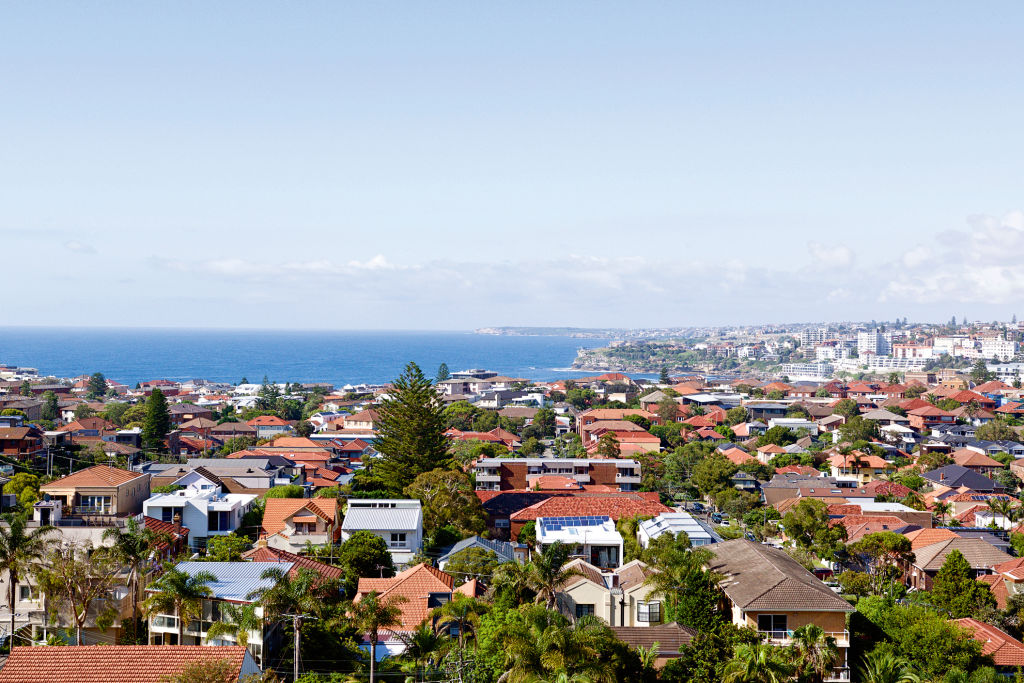
Capital city housing prices had fallen 8.6 per cent from their peak in aggregate by February this year, the budget papers estimate, noting the falls were largest in Sydney and Melbourne.
Indeed Domain data shows that during 2018, Sydney prices dropped 9.9 per cent and Melbourne fell 8.4 per cent. But prices in these two cities are still about 40 to 50 per cent higher than in 2012, the budget estimates.
With wages growth sluggish, many prospective buyers will remain locked out.
The budget’s $1.7 billion for affordable housing and its mechanism to raise funds for community housing, much of which has been previously foreshadowed, is welcome in its focus on those most in need but will do little to help first-home buyers step onto the ladder.
“Affordable housing is also a priority for this Government,” Treasurer Josh Frydenberg declared in his speech.
And yet the papers are quiet on the impact of previously announced policies such as the super saver scheme and a tax on foreign-owned homes left vacant, let alone offering new measures.
Of course some states have introduced grants or tax concessions for first-home owners.
Housing affordability is an area where different levels of government, business and the public sector can usefully work together.
But on the still-relevant question of housing affordability, this year’s budget will leave its readers wanting more.
We recommend
We thought you might like
States
Capital Cities
Capital Cities - Rentals
Popular Areas
Allhomes
More
